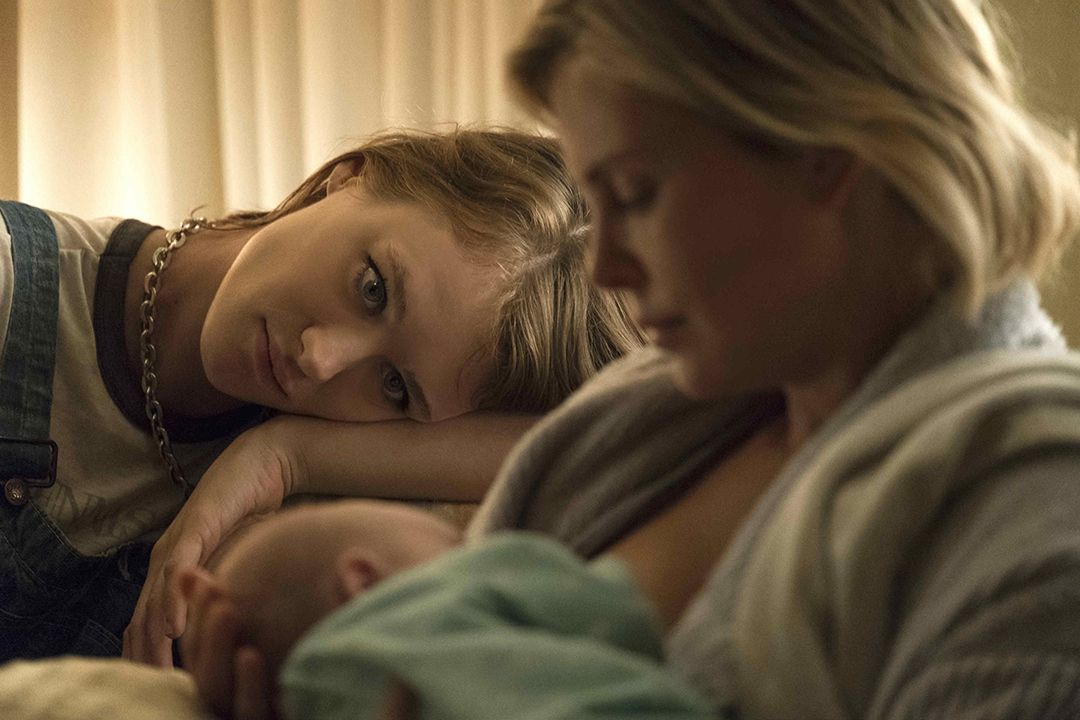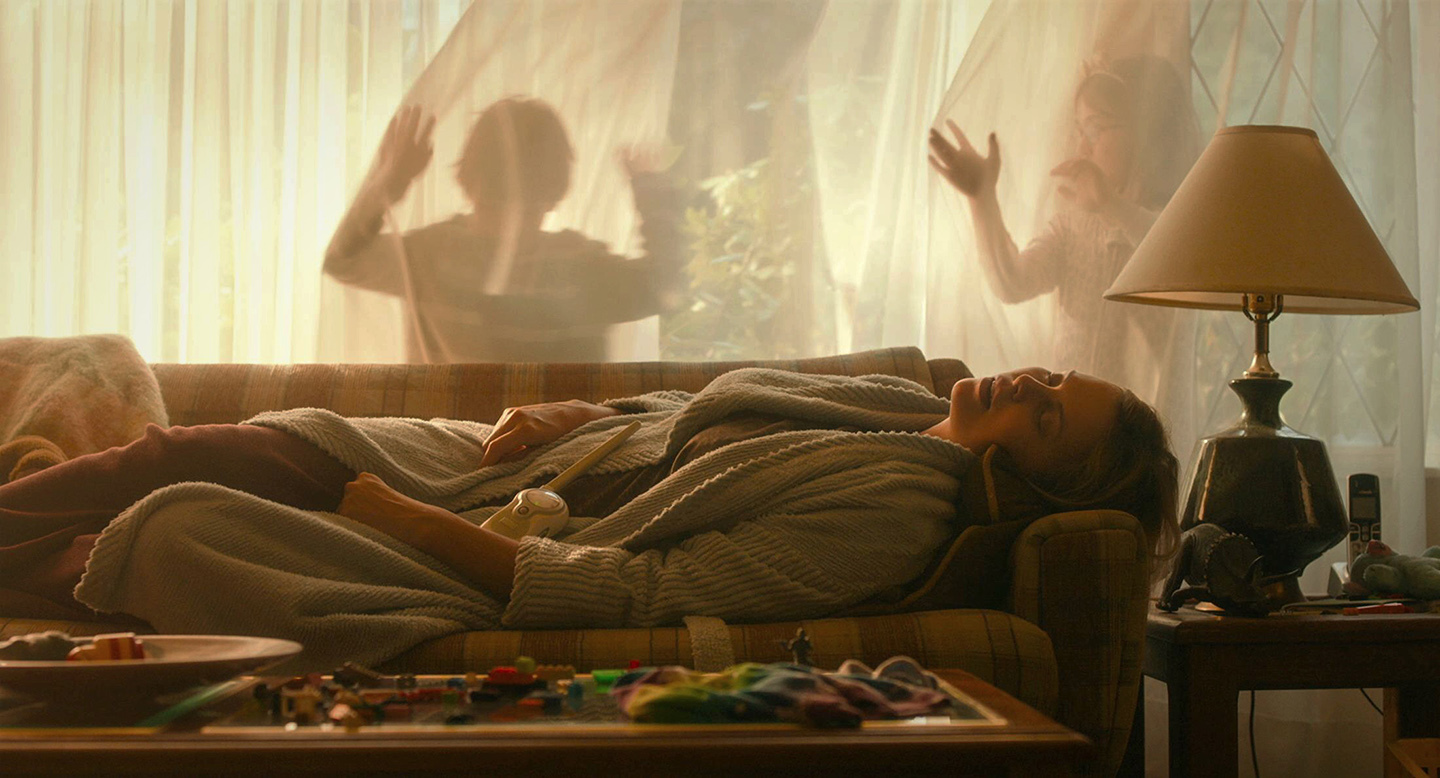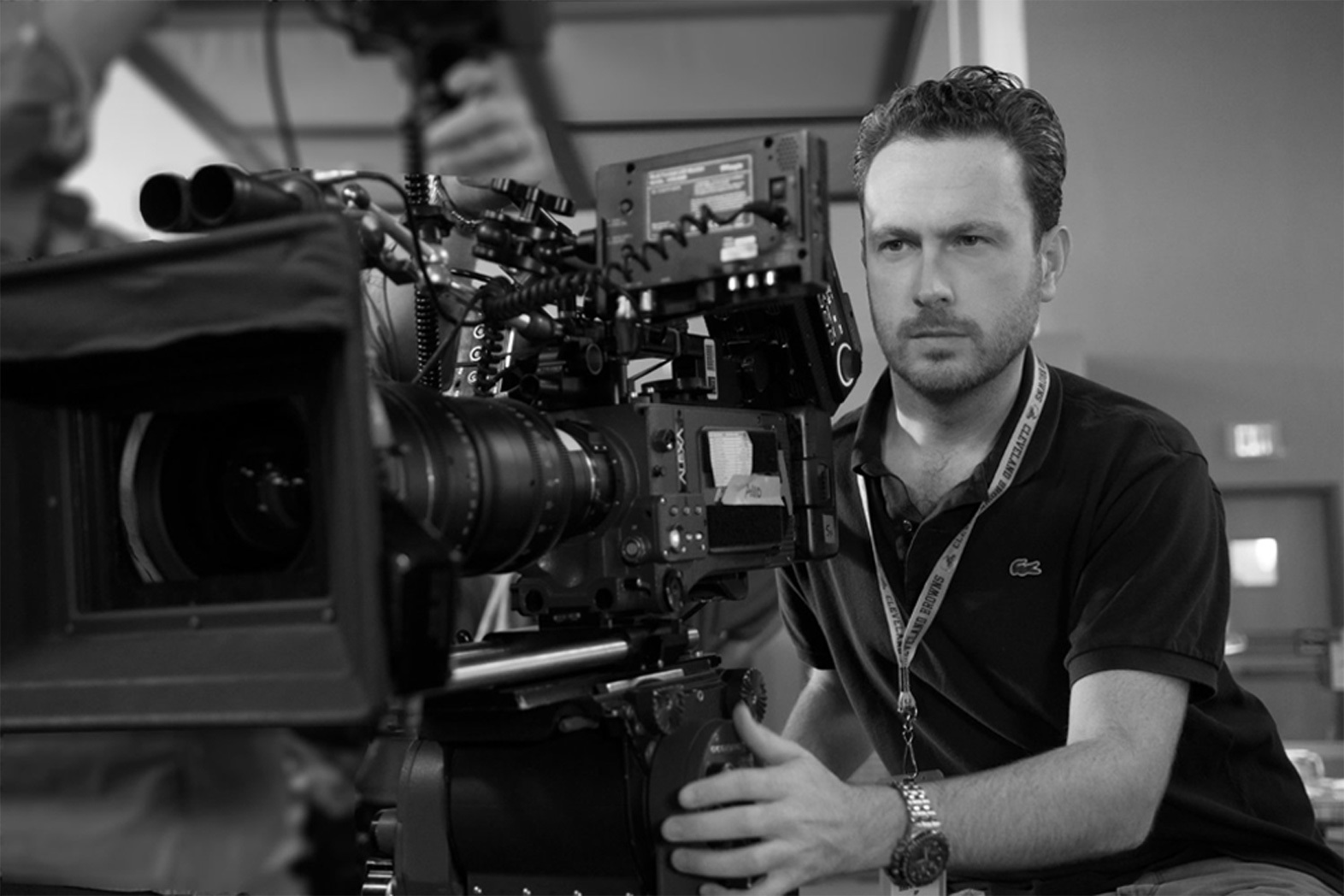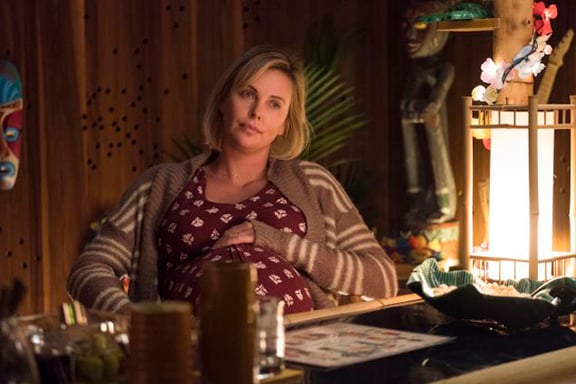SPONSORED BY: Deluxe’s EFILM
With: Eric Steelberg, ASC, cinematographer & Jim Hemphill, host
Cinematographer Eric Steelberg, ASC discusses his work in the comedic drama Tully — written by Diablo Cody, directed by Jason Reitman and starring Charlize Theron as a beleaguered mother who develops an unusual relationship with her new nanny, played by Mackenzie Davis.


About the Project
Written by Diablo Cody and directed by Jason Reitman, the Focus Features release Tully was photographed by Eric Steelberg, ASC — marking their third joint collaboration following the breakout success Juno (2007) and critical hit Young Adult (2011).
Shooting in Vancouver, Canada, Steelberg employed Alexa Mini cameras and Arri Master Primes (via Panavision Vancouver), finishing the project at Deluxe’s EFilm in Los Angeles with colorist Natasha Leonnet — who also previously collaborated with the cinematographer on the features Juno, Bandslam, Up in the Air, Labor Day, Young Adult and Baywatch.

About the Cinematographer
Eric Steelberg, ASC is a Los Angeles-born-and-based cinematographer whose fascination with movies began in childhood with the arrival of home video. The Black Stallion, Star Wars and The Right Stuff were a few of the movies he watched over and over. He then began to realize he was relating not only to story, but also the look and feel of the movies. It wasn’t until seeing Steven Spielberg’s Empire Of The Sun that he learned the word “cinematographer.” This is where his love for film truly began.

“Film has been a part of my life since I can remember,” Steelberg told journalist Bob Fisher. “I went to a lot of movies while I was growing up and remember getting lost in the imagery and stories.”
His parents’ passion for still photography piqued his curiosity about the photographic process, and he began poring over books about Ansel Adams and issues of National Geographic, Photo and American Cinematographer. “My parents bought me a plastic camera at a young age. I just loved looking through the lens and taking pictures.
“In high school, I helped create a film class. My friends wanted to be writers, directors and producers so I became the cinematographer by default, and it came natural to me. At 15, I shot my first short film for friends taking a summer production workshop at the University of Southern California, and can remember the emotion and magic when we projected the first roll of 16mm black-and-white film.”
Steelberg also attended two Maine Media Workshops. He continued to shoot short films and then commercials before breaking out with the indie feature Quinceañera. At the 2006 Sundance Film Festival, the picture earned both the Audience Award and Grand Jury Prizes.
The cinematographer has enjoyed a fruitful collaboration with director Jason Reitman on feature films including Juno, Up in the Air, Young Adult, Labor Day and Men, Women & Children, Tully and the upcoming political drama The Front Runner.
Juno and Up In The Air both garnered Academy Award nominations for Best Picture.
In addition to those films, Steelberg has also photographed the Golden Globe- and Spirit Award-nominated (500) Days Of Summer, as well as Bandslam, Going the Distance, Draft Day and Baywatch.
Always seeking diversity, the cinematographer also tried his hand in television, shooting the pilot to Billions, episodes of The Good Doctor and season two of Eastbound & Down. He also fills his schedule shooting commercials, which offers opportunity to experiment with new methods and visual techniques.
In 2012, Steelbeg became one of the youngest cinematographers to be invited to join the ASC, in which he serves on several committees and was recently elected as an alternate member of the Board of Governors.
He is also a member of the Academy of Motion Picture Arts & Sciences in the Cinematographers Branch.
“This is a collaborative endeavor,” Steelberg noted in his discussion with Fisher. “You listen, discuss, and work together to execute your vision. Cinematography is developing a recipe of compositions and lighting to set the appropriate tone for each scene while being as elegant and transparent as possible. Beauty is born out of that. The decisions I make about using different lenses, film stocks and lighting are all part of the visual grammar of filmmaking. Every DP expresses it differently and there is no right or wrong. That’s what makes it an art.”
Follow American Cinematographer on Facebook, Instagram and Twitter.
American Cinematographer interviews cinematographers, directors and other filmmakers to take you behind the scenes on major studio movies, independent films and popular television series.
Subscribe on iTunes


